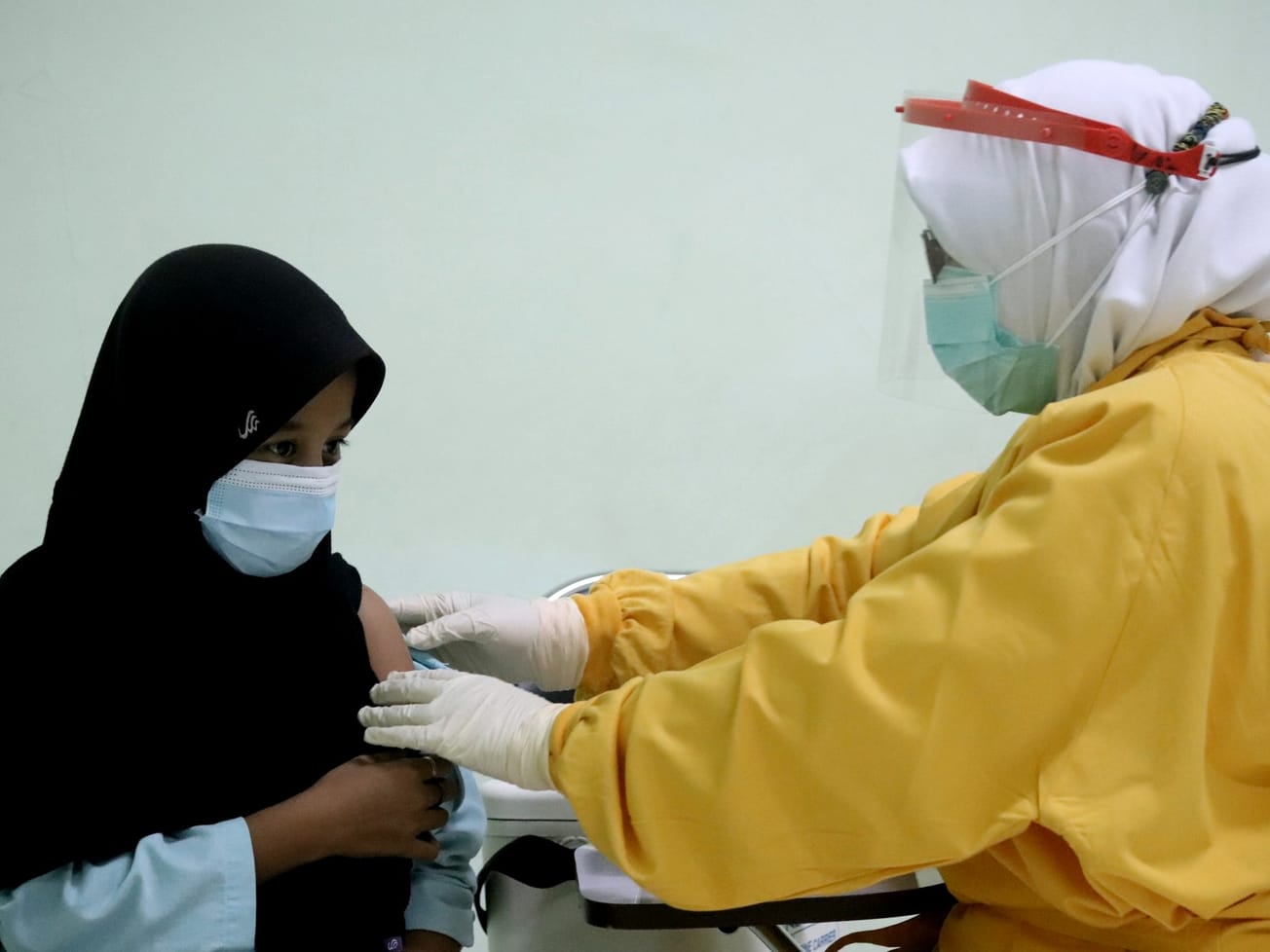GENEVA (AN) — An estimated 13 million people face severe hunger in the Horn of Africa due to the worst drought conditions in decades, the U.N. World Food Program said on Tuesday.
WFP officials said water shortages and dried-up pastures from three consecutive failed rainy seasons have destroyed crops and livestock, forced families from their homes, and increased conflict among hard-hit communities. The dearth of rainfall is expected to continue, threatening more hardship for months to come.







